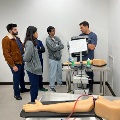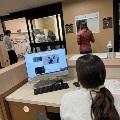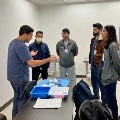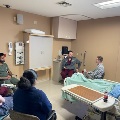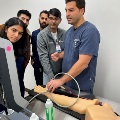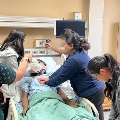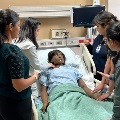Simulation Training and the WKHS Innovation Center
Overview
- This simulation training will occur at the Willis-Knighton Innovation Center’s Virtual Hospital. This unique facility is complete with 22 patient rooms and uses the latest high-fidelity simulators to recreate real-life situations for residents to hone their clinical skills.
- The goal of simulation training is to utilize standardized patients, patient simulators, procedural task trainers, and virtual reality to teach important clinical skills and abilities to residents in a controlled setting to prepare them for independent practice.
- This simulation curriculum incorporates faculty support in the form of evidence-based debrief lectures following the simulation session to reinforce the clinical applications and lessons incorporated into the clinical scenario.
- Procedures Training: includes training in ultrasound, abscess drainage, chest tube, intubation, pleural tap, paracentesis, lumbar puncture, central line, peripheral line/PICC line, venipuncture, joint aspiration, CRRT, plasmapheresis, ventilator, hemodialysis, EKG, NG tube insertion, arterial line, foley catheter insertion, wound care management.
- Clinical Scenarios: SOB, apnea, bradycardia, temporary pacemaker, tachycardia, hypoxia, hypotension, shock, dizziness, syncope, seizure, acute gastrointestinal bleed, anaphylaxis, delirium, combative/violent patient, difficult airway, DKA, alcohol withdrawal, head trauma, hypertensive crisis, sepsis, hyperkalemia, alcohol intoxication, opioid overdose, acute rash.
- Code Management: incorporated into the training for BLS and ACLS.
- End of Life Counselling.
- Breaking bad news/disclosure of a death to family members.
- Sterile technique for masking, gowning, and gloving.
- Difficult patient.
- Managing family members with different views.
- Disclosure of an adverse event.
- Reading CXR, chest/abdomen/pelvis CT, ultrasound of kidney, liver, bladder.
Photo Gallery
© 2024 Willis Knighton Health. All rights reserved.


